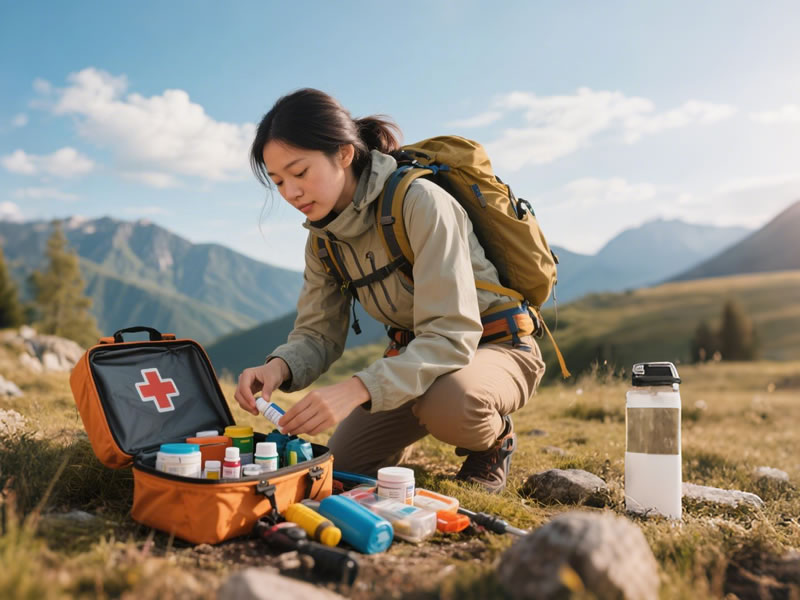First aid kit checklist for hiking?
First Aid Kit Checklist for Hiking: The Ultimate Guide to Trail Safety
A well-prepared first aid kit is as essential as your hiking boots—yet many adventurers hit the trail with inadequate medical supplies. According to wilderness medicine experts, 80% of hiking injuries could be treated on-site with proper first aid. This comprehensive checklist covers everything from blister care to emergency trauma, tailored for day hikes and multi-day backpacking trips.

The 10 Essential First Aid Categories
1. Wound Care
- Assorted adhesive bandages (multiple sizes)
- Sterile gauze pads (4×4 inches)
- Rolled gauze (for wrapping)
- Antibiotic ointment (single-use packets)
- Butterfly closures (for deep cuts)
- Hydrogen peroxide wipes (for cleaning)
Pro Tip: Replace ointments annually—they expire!
2. Blister Management
- Moleskin (pre-cut circles work best)
- Blister-specific bandages (like Compeed)
- Leukotape (stays on for days, even when wet)
3. Medications
- Pain relief: Ibuprofen/acetaminophen
- Antihistamines: Diphenhydramine (for allergic reactions)
- Anti-diarrheal: Loperamide (backcountry "disaster" prevention)
- Electrolyte tablets (for dehydration)
Warning: Label all pills and include dosage instructions.
4. Tools & Instruments
- Tweezers (splinters/ticks)
- Safety pins (for gear repair or draining blisters)
- Small scissors (trauma shears)
- Thermometer (compact digital)
5. Trauma & Emergency
- CPR face shield (with one-way valve)
- Tourniquet (learn proper use beforehand)
- Israeli bandage (for heavy bleeding)
- SAM Splint (lightweight moldable splint)
6. Burn/Sun Protection
- Aloe vera gel (single-use packets)
- Burn cream (lidocaine-based)
- SPF 30+ sunscreen
7. Additional Must-Haves
- Emergency blanket (foil type, retains 90% body heat)
- Duct tape (wrap around a trekking pole—fixes gear too!)
- First aid manual (waterproof or laminated)
Customizing Your Kit
For Day Hikes:
- 50-100g total weight
- Focus on blisters, minor cuts, and meds
For Multi-Day Trips:
- Add splints, suture kit (if trained), and extra meds
- Include a signal mirror and whistle
Special Considerations:
- High-altitude: Add diamox (altitude sickness meds)
- International travel: Include water purification tablets
- Allergies: Carry an epinephrine auto-injector
Packing & Maintenance Tips
✅ Use a waterproof bag (ziplock or dry sack)
✅ Organize by urgency (bleeding control on top)
✅ Check expiration dates every 3 months
✅ Mark items clearly with a Sharpie
Common Hiking Injuries & How Your Kit Helps
🩹 Blisters: Moleskin + leukotape
🐝 Bee Stings: Antihistamines + cold compress
🪨 Sprains: SAM Splint + ibuprofen
🌡️ Heat Exhaustion: Electrolytes + shade
Final Advice
Practice using every item in your kit before you need it. Many hikers carry tourniquets but don’t know how to apply them correctly. Consider taking a wilderness first aid course—skills matter more than supplies.






